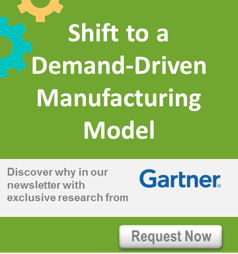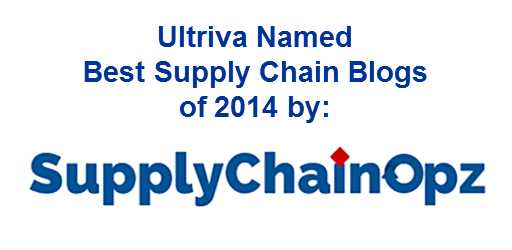Every business application needs to manage different roles. Each role has a defined set of actions to be performed to make the application successful within an organization. Take a simple example of a procurement organization – it includes several roles like – planner, buyer, supplier, material handler, receiving dock person, purchasing manager, supply chain manager, inspector, and materials manager. Each of these human resources has defined roles and responsibilities. That is what role-based architecture brings to the business application.
 Without role-based architecture a company would not be able to segment the application, provide controls on the tasks, drive systemization, and establish company hierarchy.
Without role-based architecture a company would not be able to segment the application, provide controls on the tasks, drive systemization, and establish company hierarchy.
Only with role- based architecture can a company run a department or division or a business effectively. It will be easy to map organizational roles to the application users, get alerts and actionable information to the appropriate users. Only this solution will ensure accountability for performing actions.
Demand drive supply chain solutions which fail to provide role-based architecture are deficient because they fail to provide an application which requires multiple users in a work flow (within or outside organization) to perform effectively. It is impossible to control data from different users and ultimately compromises confidential information. The most important aspects of role based architecture include security, control, operational ease, accountability, and responsibility.
The supplier or customer entity is not a single user environment, however a supplier can have a Certificate Signing Request (CSR) process acknowledging purchase orders, a shipper who ships goods, and an administrator who manages the application. When the person with the Certificate Signing Request authority changes (leaves the company or gets moved to a different role) the administrator must have the ability to technologically create a new user with CSR authority. Similarly, customers will have multiple roles requiring management and functionality designation as well.
Ultriva’s cloud based platform is embedded with role-based architecture. There are many out of the box roles defined in the application like System Admin, App Admin, Plant Admin, Planner, Buyer, Material handler, production supervisor, Operator, supplier admin, supplier user, customer admin, customer user, and more. Only Ultriva allows custom definition of roles specific to the business. The administrator defines these new roles and assign privileges – Menus, Actions, Reports... Users are then assigned to those roles with access privileges controlled as a group. Even the external businesses like customers and suppliers can manage their users through these roles.
Please contact us if you would like a demo to see the role-based architecture in action.



